Popular on Food52
5 Comments
scruz
September 6, 2015
cheri, i spent some time trying to find the restaurant and soup that i had that was so good in san blas, mexico 35 years ago. it is still there (la isla) and i realize the soup is called siete mares (seven seafoods). i looked on you tube for a broth that was similar and found this one:
https://www.youtube.com/watch?v=Fcg4ghnE5XM
and read about it. it is evidently tomato based broth but the one i loved was more chicken broth/saffron tinged in color. now that i know what it is called, i am going to be making it and searching out restaurants in my area that serve it. i hope you like it.
https://www.youtube.com/watch?v=Fcg4ghnE5XM
and read about it. it is evidently tomato based broth but the one i loved was more chicken broth/saffron tinged in color. now that i know what it is called, i am going to be making it and searching out restaurants in my area that serve it. i hope you like it.
btglenn
September 6, 2015
I spend 6 months traveling in Mexico, and just marveled at the soups and stews, vegetable and seafood dishes, and learned to cook at home using Diana Kennedy's wonderful cookbooks. In earlier years, the main meal in Mexico was at mid-day followed by the now not so traditional fiesta. Times change, and siesta is no longer observed except in the countryside where farmers siesta during the hot part of the day and then work until dark. The evening meal was always a lighter one.
I have looked for a less sweet corn in Los Angeles, and unless you go to a big Mexican market, all the corn is sweet American style. I find that some brands of frozen corn are less sweet the fresh ears of corn and work fairly well for many recipes --- but not the in the soups where pieces of corn on the cob are used.
I have looked for a less sweet corn in Los Angeles, and unless you go to a big Mexican market, all the corn is sweet American style. I find that some brands of frozen corn are less sweet the fresh ears of corn and work fairly well for many recipes --- but not the in the soups where pieces of corn on the cob are used.
Cheri M.
September 6, 2015
Love to find a soup recipe for the one you mentioned it sounds tasty & very healthy. Scruz seemed to enjoy it too!
Pookie13815
September 2, 2015
Having Mexcan grandparents, I have been blessed to have learned and still cook traditional recipes that they handed down. Leslies' book has given me a deeper appreciation for the native foods that are eaten my ancestral homeland. Great book!
scruz
September 1, 2015
after traveling in mexico, i have always said that mexican cooking is one of the great cuisines of the world. and it is healthy, from the freshest fish and chicken and vegetables to the small snacks one can find. i had a soup in san blas (mariscos) that was a clear broth with seafood and fish and a few chunks of vegetables. you squeezed lime into it and i could have eaten it daily for the rest of my life and still loved it.
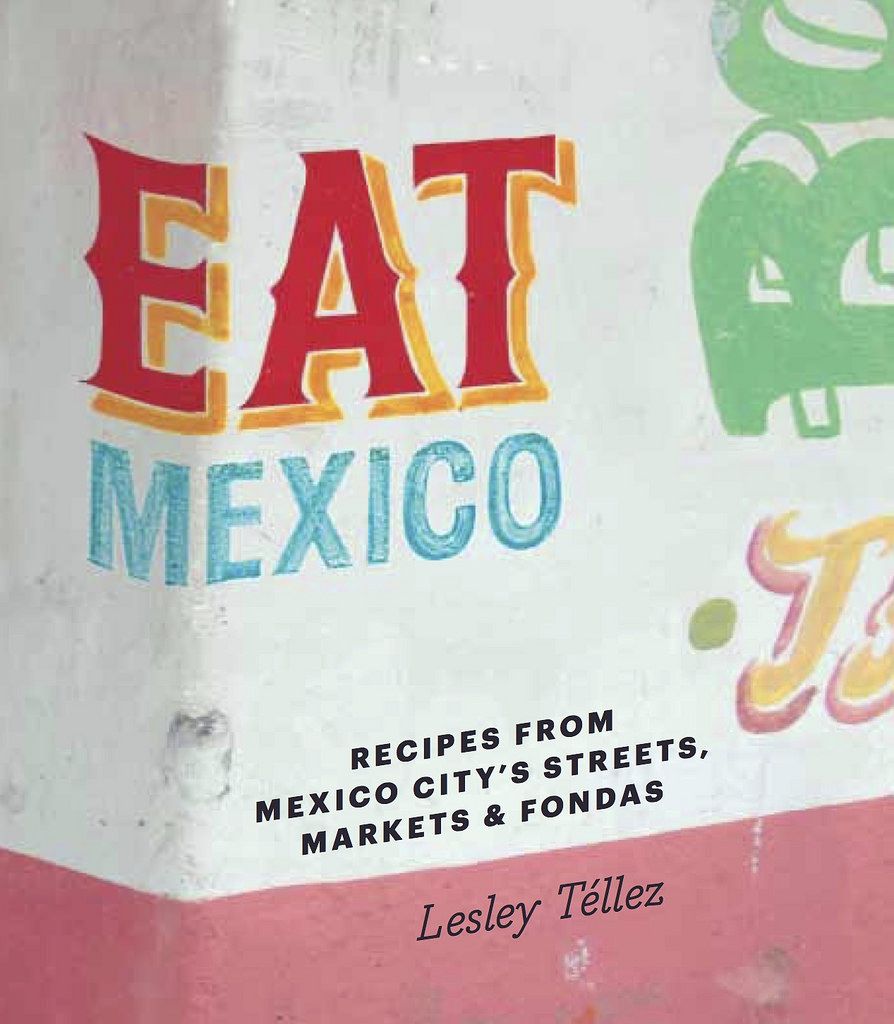

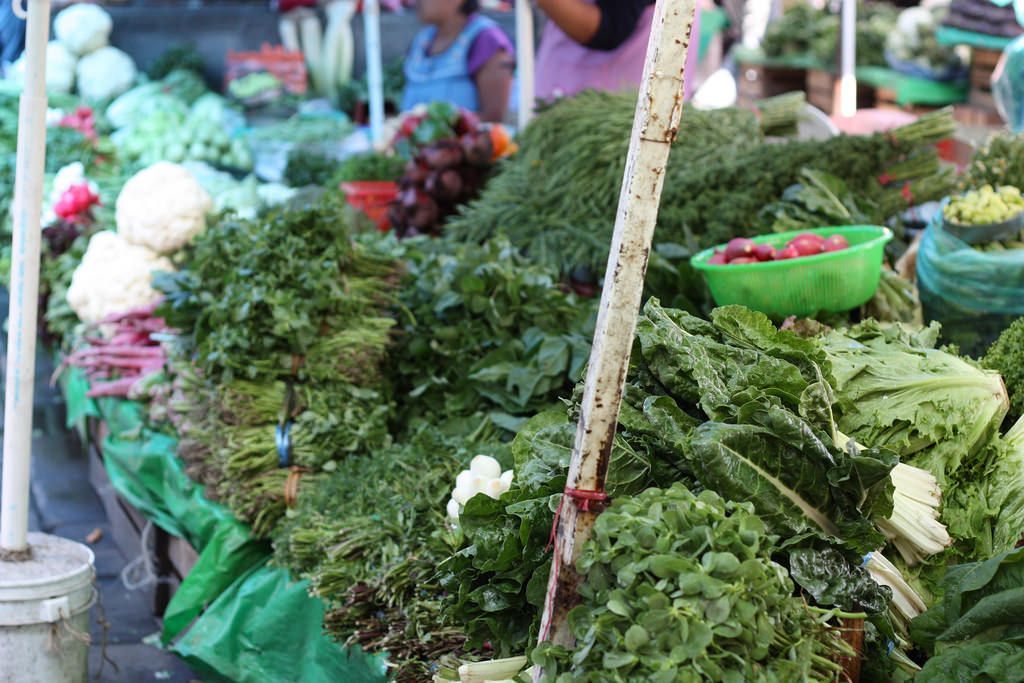
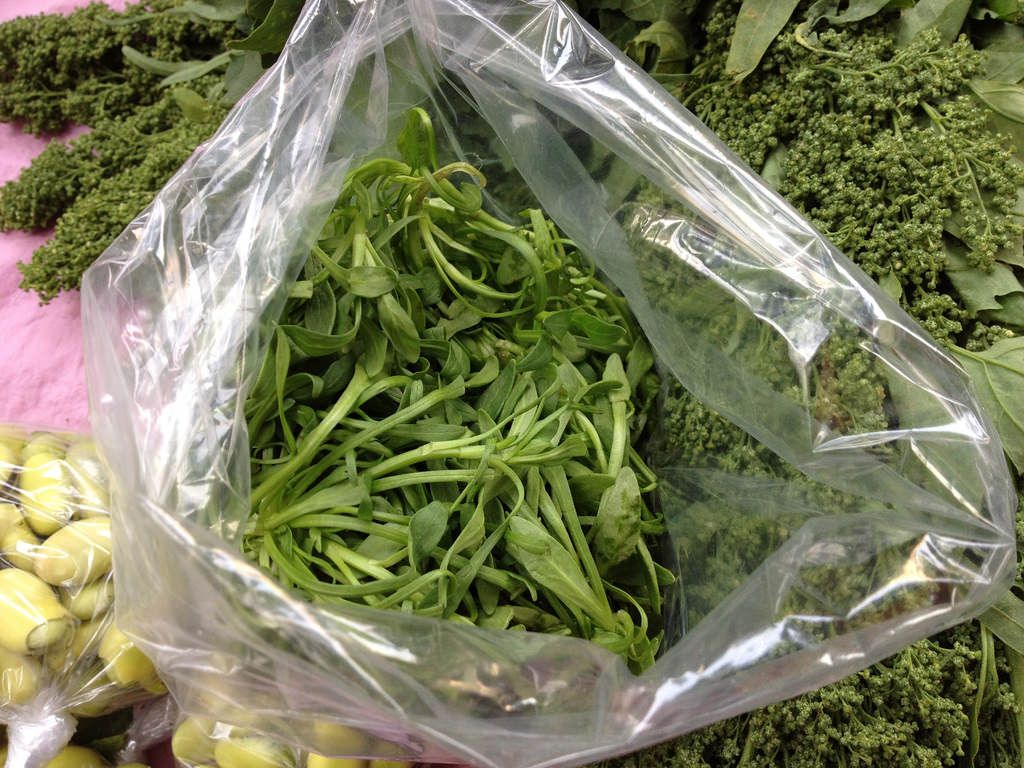
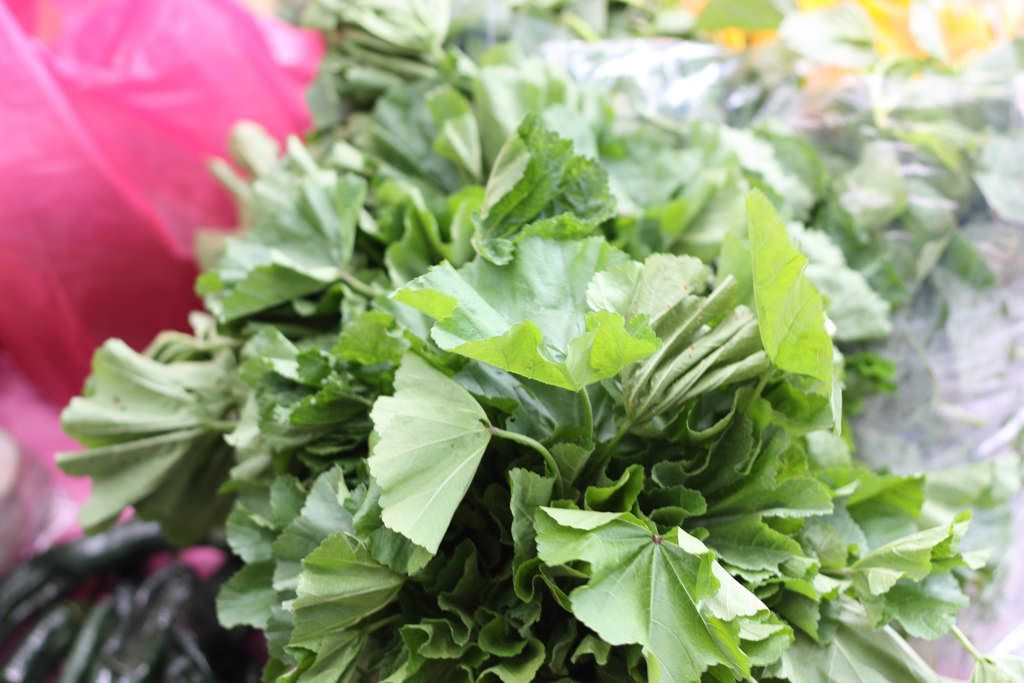
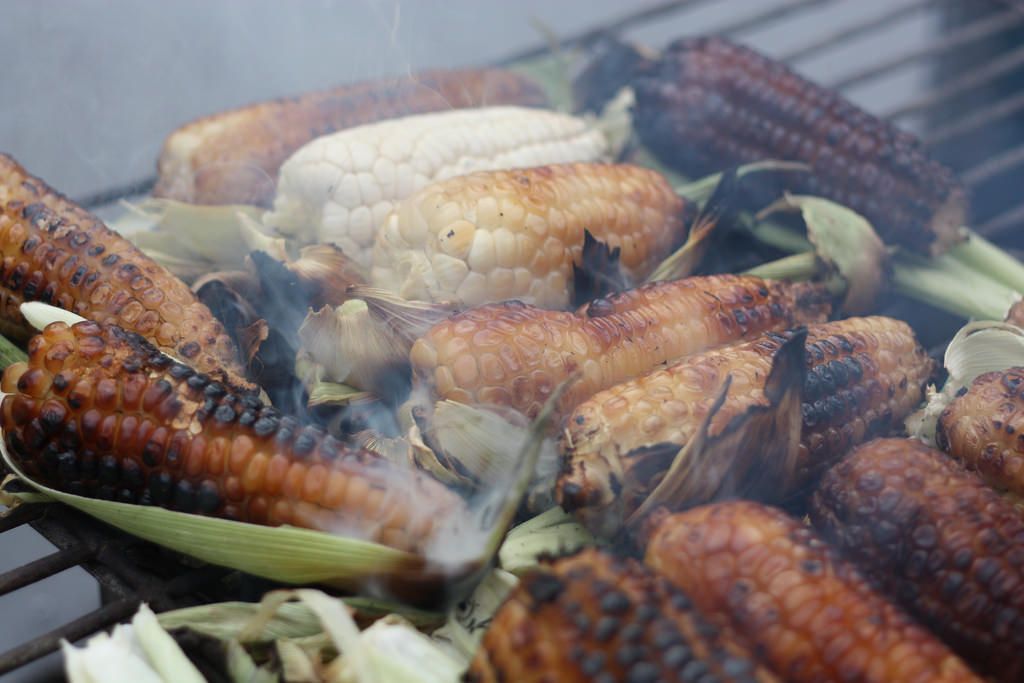
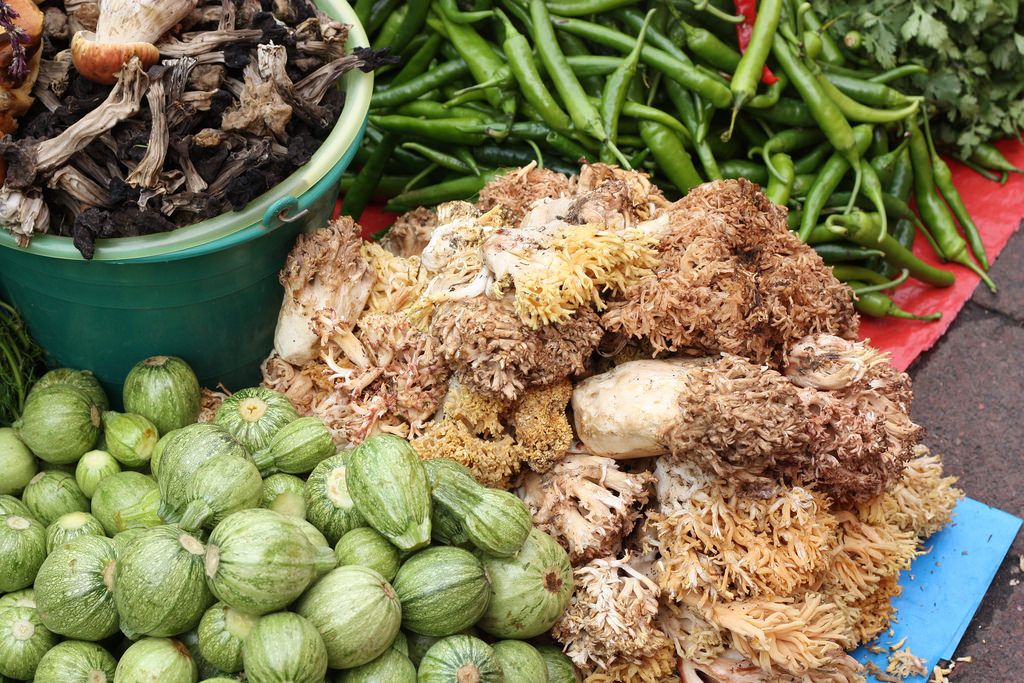
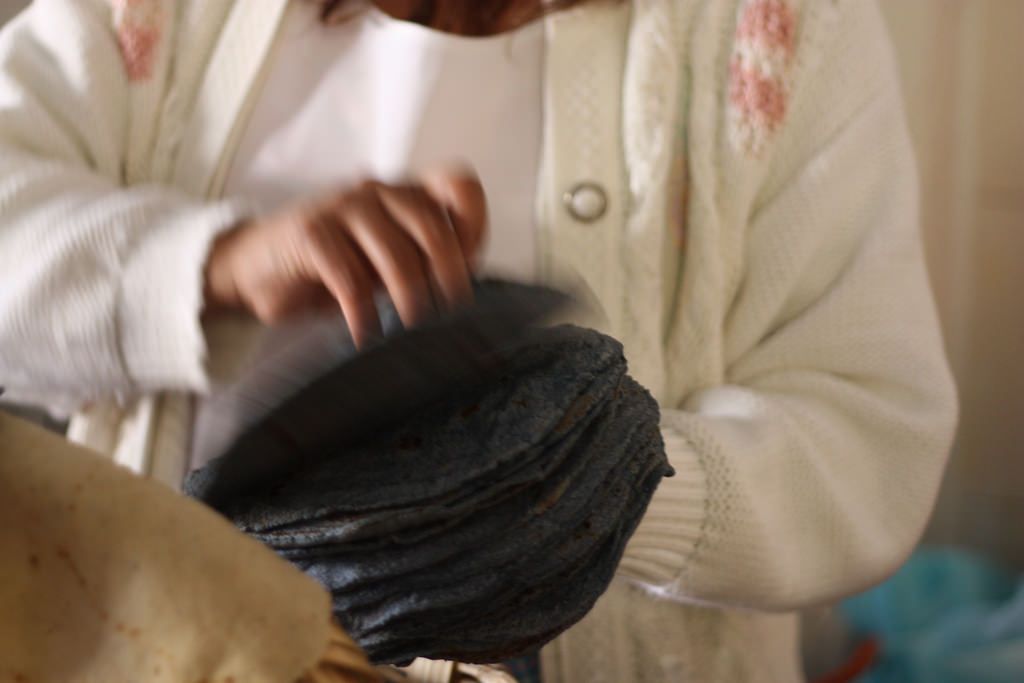
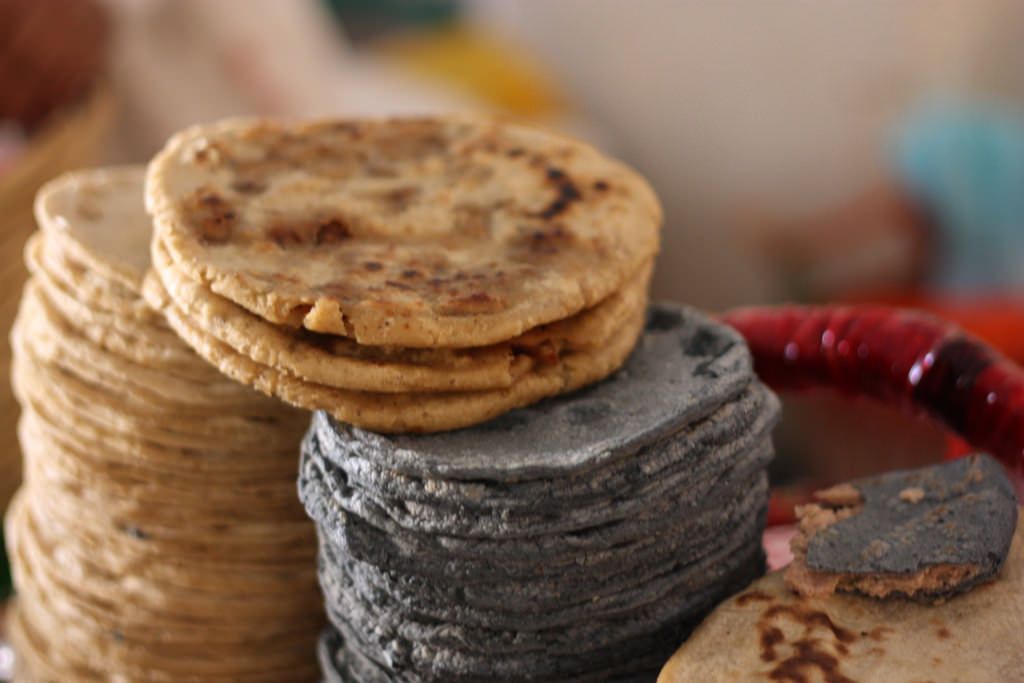

See what other Food52 readers are saying.